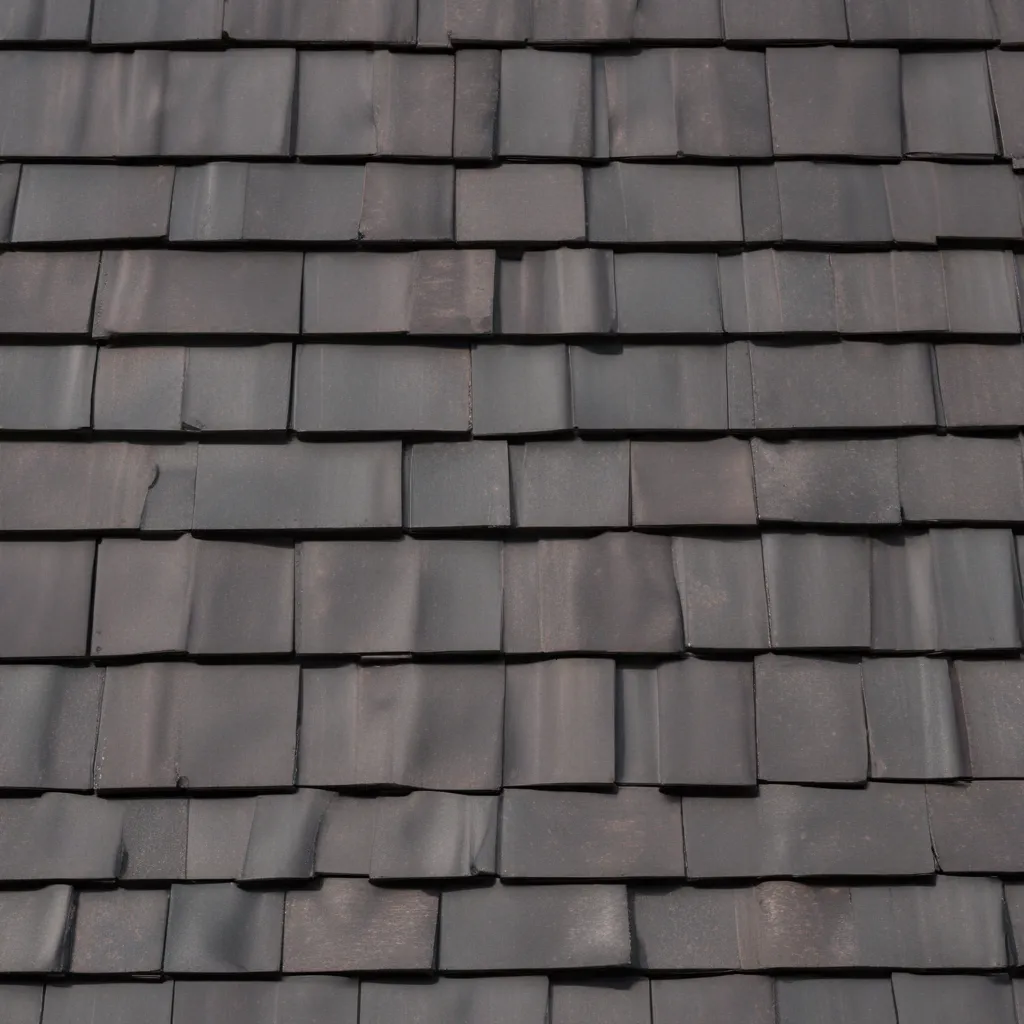
As a homeowner, your roof is one of the most important and long-lasting investments you’ll make. But have you considered the environmental impact of your roofing choice? Composite roofing has emerged as an innovative, eco-friendly solution that not only protects your home but also helps preserve our planet.
Benefits of Composite Roofing
Composite roofing, also known as synthetic roofing, is a versatile material made from a blend of recycled and virgin polymers. This unique composition offers a range of benefits that make it an attractive option for homeowners.
Eco-Friendly Material Properties
One of the primary advantages of composite roofing is its environmental friendliness. Unlike traditional roofing materials that deplete natural resources, composite tiles are crafted from 100% recycled content, such as plastics and other polymers. This closed-loop manufacturing process reduces waste and minimizes the extraction of finite resources.
Moreover, composite roofing tiles are designed to last, often with warranties of 50 years or more. This extended lifespan means fewer roof replacements over the lifetime of your home, resulting in less overall waste and a smaller carbon footprint.
Durability and Longevity
In addition to their eco-friendly credentials, composite roofing tiles are renowned for their exceptional durability. These materials are engineered to withstand the rigors of extreme weather, including high winds, hail, and even fire. This resilience not only protects your home but also eliminates the need for frequent repairs or replacements, further contributing to the sustainability of your roofing system.
Sustainability Considerations
When it comes to making an environmentally conscious roofing choice, the benefits of composite materials go beyond their inherent composition. Let’s explore some of the key sustainability factors to consider.
Environmental Impact
Traditional roofing options, such as asphalt shingles or clay tiles, can have a significant environmental impact. The extraction and processing of these raw materials often come at a cost to the natural landscape, with quarries and mining operations leaving lasting scars on the earth.
In contrast, composite roofing utilizes recycled materials, reducing the demand for virgin resources and the associated environmental damage. This closed-loop approach aligns with the principles of a circular economy, where materials are continually reused and repurposed, minimizing waste and maximizing efficiency.
Recycling and Repurposing
At the end of their useful life, composite roofing tiles can be recycled and repurposed, further enhancing their environmental credentials. Unlike traditional roofing materials that often end up in landfills, composite tiles can be ground down and reincorporated into new products, creating a sustainable cycle of reuse and reclamation.
This recyclability not only reduces waste but also supports the development of a more circular economy, where resources are valued and conserved rather than discarded.
Roofing Material Comparisons
To fully appreciate the benefits of composite roofing, it’s helpful to understand how it compares to other popular roofing options.
Traditional Roofing Options
Asphalt shingles have long been a common choice for homeowners, but they come with several drawbacks. These petroleum-based materials are not only resource-intensive to produce but also have a relatively short lifespan, often needing replacement every 15-20 years.
Tile and metal roofs, while more durable, can also be resource-intensive, with the extraction and processing of raw materials adding to their environmental impact. Additionally, these roofing systems can be heavy, requiring additional structural reinforcement that adds to the overall cost and complexity of installation.
Advantages of Composite Roofing
Compared to traditional roofing options, composite tiles offer a range of advantages. Their lightweight composition, typically weighing 50-75% less than clay or concrete tiles, can simplify installation and reduce the need for extensive structural modifications.
Moreover, composite roofs are exceptionally energy-efficient, with high solar reflectance and thermal emissivity ratings. This allows them to reduce heat transfer into the home, potentially lowering your energy consumption and utility bills, especially in warm climates.
Installation and Maintenance
Proper installation and maintenance are crucial for ensuring the long-term performance and sustainability of your composite roofing system.
Professional Installation
When it comes to composite roofing, it’s essential to work with experienced roofing professionals who are familiar with the unique installation requirements of these materials. Proper techniques, such as ensuring proper underlayment and flashing placement, can help maximize the durability and weather resistance of your roof.
Additionally, it’s important to review the manufacturer’s warranty and follow any specific installation guidelines to maintain the coverage and protections offered.
Ongoing Maintenance
Maintaining your composite roof is relatively straightforward, but it’s still essential to perform regular inspections and cleaning. Removing debris, such as leaves or twigs, and addressing any minor damage or wear and tear can help extend the lifespan of your roof.
In the event of more significant repairs, it’s crucial to work with a qualified roofing contractor who understands the specific requirements of composite materials. Attempting DIY repairs or using incompatible products can potentially void the manufacturer’s warranty and compromise the integrity of your roof.
Design Versatility
One of the standout features of composite roofing is its design versatility, allowing homeowners to seamlessly integrate it into a wide range of architectural styles and personal preferences.
Aesthetic Customization
Composite roofing tiles are available in a vast array of colors and styles, from traditional-looking slate and shake profiles to more contemporary metal and tile designs. This diversity allows homeowners to tailor the aesthetic of their home, ensuring a cohesive and visually appealing look that complements the overall architecture.
Structural Compatibility
Composite roofing tiles are adaptable to a variety of roof pitches, making them a suitable choice for both low-slope and steep-slope roofs. Additionally, their lightweight composition often eliminates the need for extensive structural reinforcement, simplifying the installation process and reducing the overall project costs.
By embracing composite roofing, homeowners can enjoy the best of both worlds – a sustainable, durable, and visually stunning roofing solution that enhances the beauty and value of their homes while minimizing their environmental impact.
To learn more about Genuine Roof Systems’ comprehensive range of composite roofing solutions, please visit https://www.genuineroofsystems.com.

























